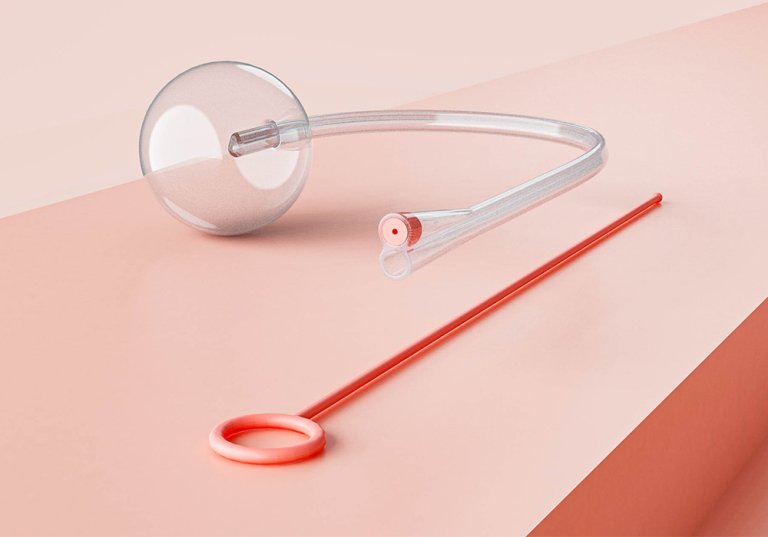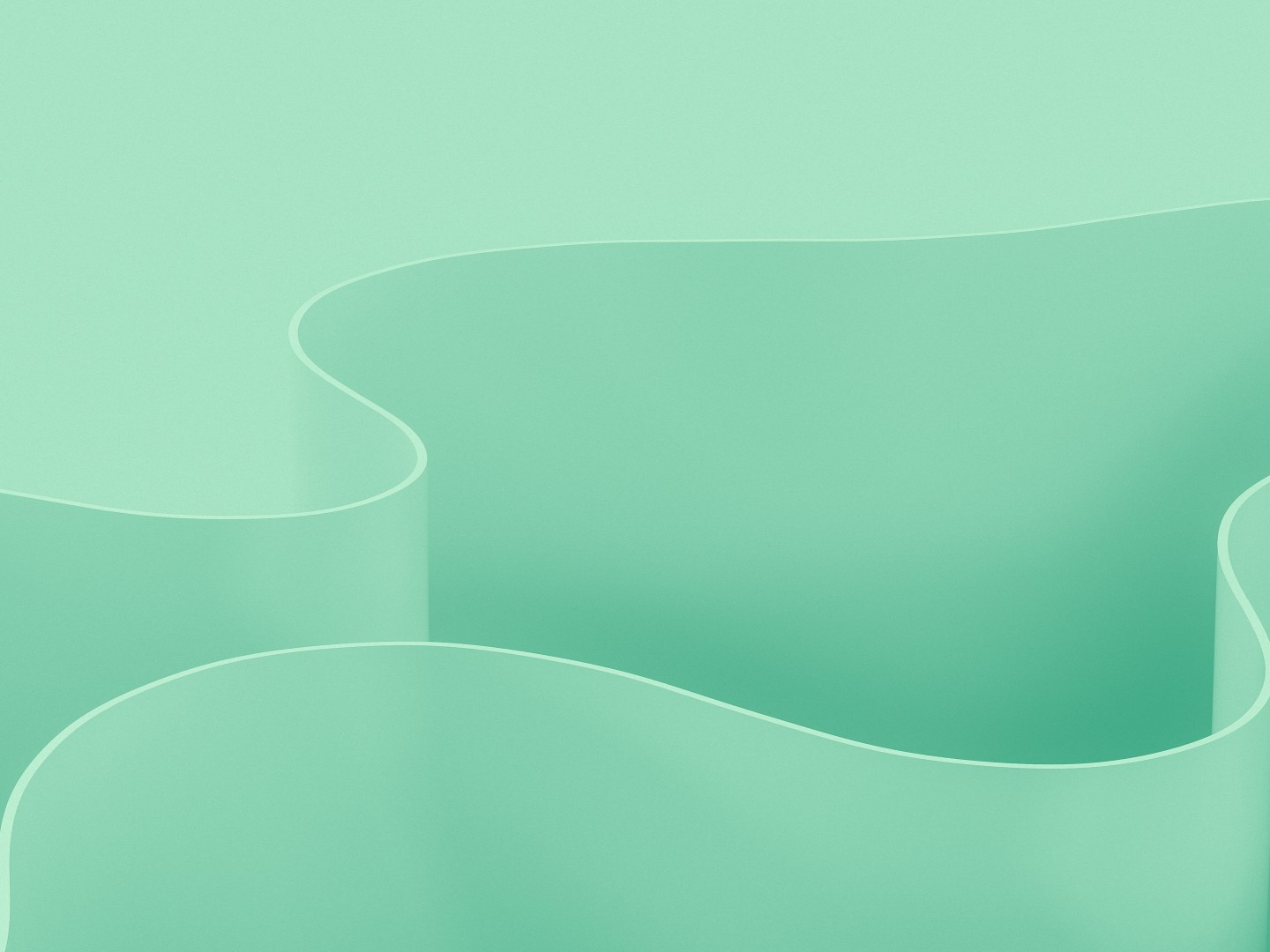Stine Andreasen and Hege Hansen were granted a patent for their induction catheter for initiating labor in early 2024. The two have extensive experience as gynecologists and midwives, respectively, and together they started the company Induvita alongside their jobs at Nordlandssykehuset in Bodø. Induvita is now working on several products within women's health.
The product they have now patented, called Iola, is to be used to induce labor. It consists of a balloon catheter with a stylet for easy insertion through the cervix, and a filling unit for easy filling of the water balloon.
— Through clinical work, we saw a great need for these products. The innovation funds from Helse Nord made the development from idea to first prototype possible, and thus the process was underway, says Hege Hansen, midwife and CEO of Induvita.
Today, equipment that is not specifically designed for this purpose is often used to induce labor. Among the equipment that is often used is, for example, a urinary catheter for men. Although Hansen emphasizes that today's equipment and routines are safe, she believes there is room for improvement. Several patients find that the treatment can be stressful and painful.
"We believe Iola will be more comfortable for the woman giving birth. With today's procedure, support personnel are often needed during admission, while Iola should be able to be used by one person. This will save resources in a pressured healthcare system," says Hansen.
The two founders highlight, among other things, the high risk of the water balloon bursting once it is in place, as a specific point for improvement.

Thought about intellectual property rights early
Nordlandssykehuset, where the two inventors of the balloon catheter are employed, is the owner of the patent. Andreasen and Hansen are the inventors. Their company, Induvita, has a license agreement with the hospital that secures them the rights to manufacture and commercialize the invention.
The company already has design protection on another product in women's health, a speculum for vaginal examination.
"We thought about this early on with the intellectual property rights surrounding our products, and among other things, conducted a preliminary investigation with the Norwegian Industrial Property Office to see if this could be patented and what room for maneuver we had," says Hansen.
The founders have now been granted a patent for the balloon catheter. An international extension has also been applied for through the PCT collaboration, which makes it easier to apply for patents in multiple countries.
Nevertheless, the work begins now, says Hansen. Now the entrepreneurs will start prototyping, testing and finding the right materials.
"This is medical equipment, so material selection is important! We will deliver safe, functional and user-friendly equipment," says Hansen.
Don't be afraid to ask for help.
The founders behind Induvita are happy that their health authority, Helse Nord, wanted to focus on innovation and development and has helped them get started.
When Andreasen and Hansen made the choice to turn their ideas into products, the desire to innovate and make a difference for patients was an important motivating factor.
"The combination of working as a healthcare worker with patients and at the same time being able to use experience for innovation and improvement work is stimulating. We were highly motivated, and fortunately blissfully unaware of all the challenges we would face," says Hansen.
The two founders believe it is important to familiarize yourself with existing products and issues before starting the product development process.
— Talk to knowledge parks and incubators and use your existing network. Don't be afraid to ask for help, you will find that most people want to help. However: If you think you have a patentable solution, you must be careful about what you share, rather seek advice on a general basis.



